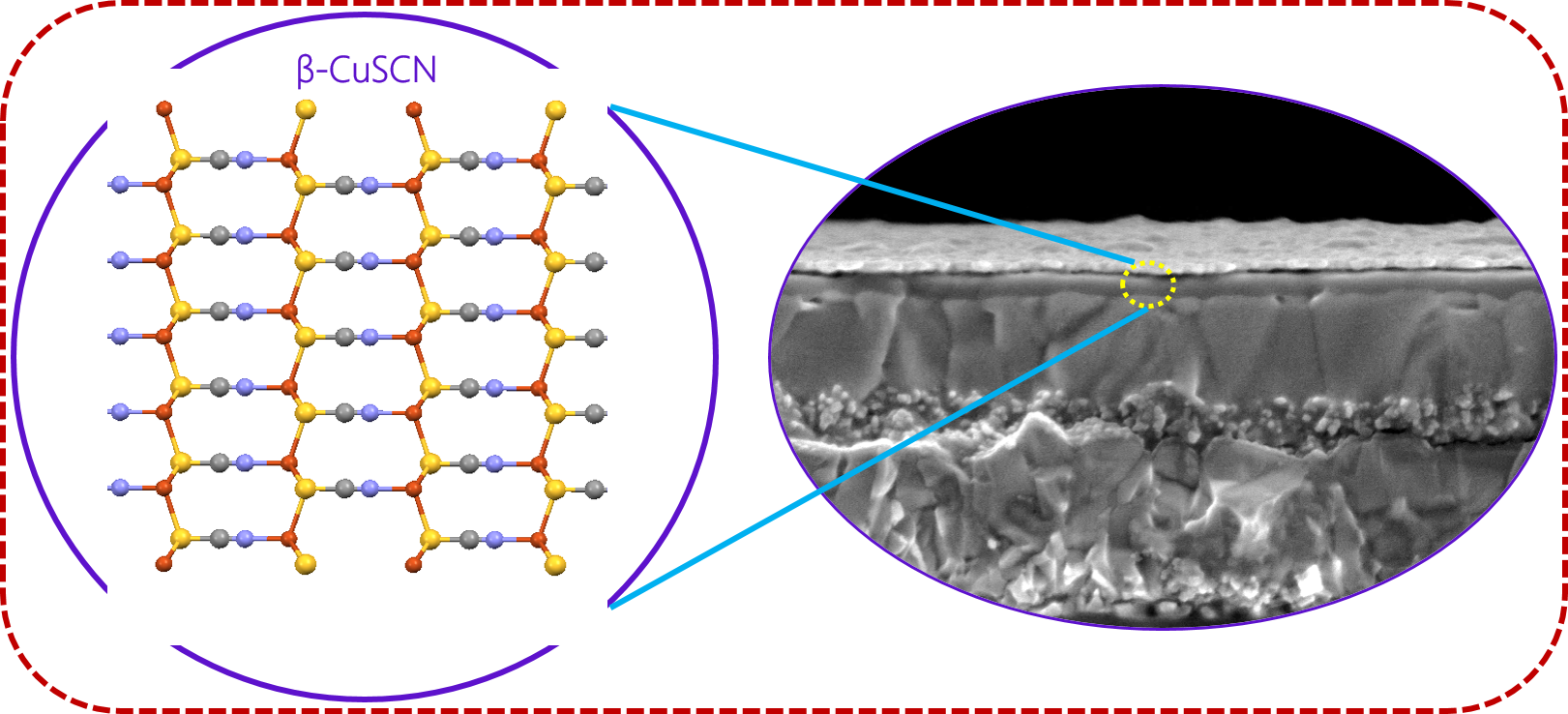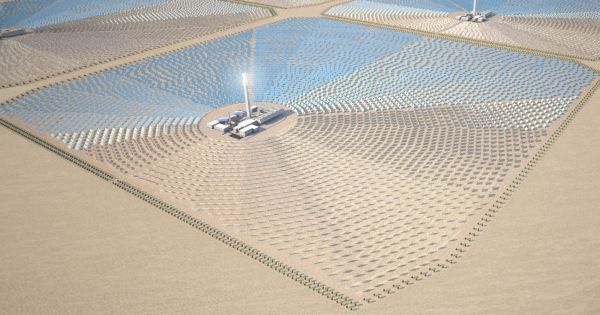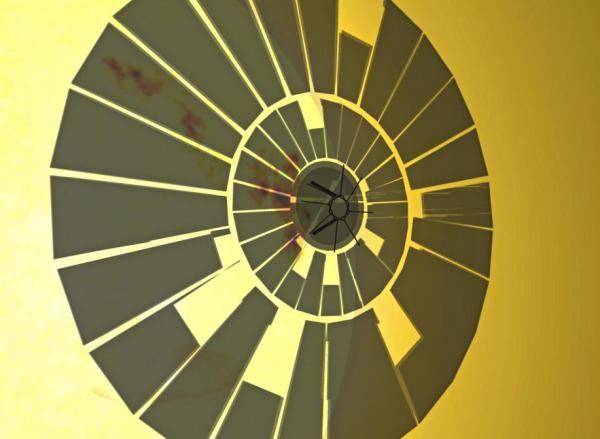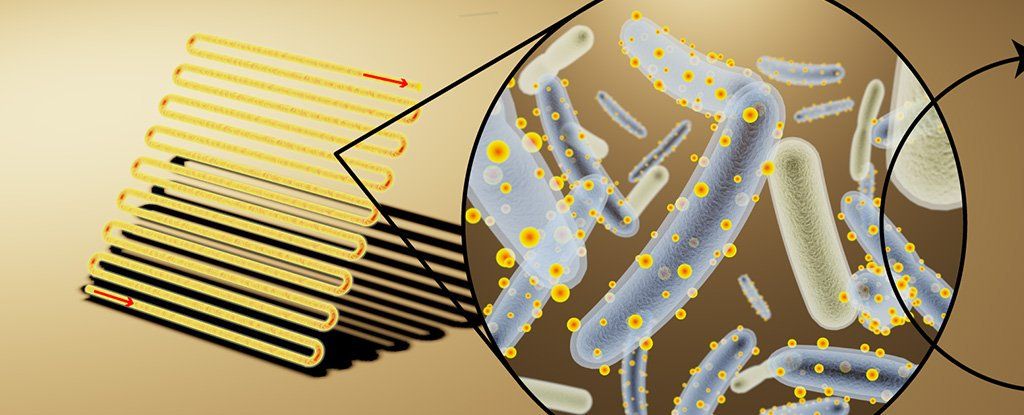Newly developed chip reprograms cells to regenerate damaged tissues.
Category: solar power – Page 141

Perovskite solar cells reach record long-term stability, efficiency over 20 percent
Perovskite solar cells (PSCs) can offer high light-conversion efficiency with low manufacturing costs. But to be commercially viable, perovskite films must also be durable and not degrade under solar light over time. EPFL scientists have now greatly improved the operational stability of PSCs, retaining more than 95% of their initial efficiencies of over 20 % under full sunlight illumination at 60oC for more than 1000 hours. The breakthrough, which marks the highest stability for perovskite solar cells, is published in Science.
Challenges of stability
Conventional silicon solar cells have reached a point of maturation, with efficiencies plateauing around 25% and problems of high-cost manufacturing, heavyweight, and rigidity has remained largely unresolved. On the contrary, a relatively new photovoltaic technology based on perovskite solar cells has already achieved more than 22% efficiency.


A Tunisian Energy Company Wants to Pipe Electricity from the Sahara to Europe
The company TuNur aims to produce solar energy cheaply in the Sahara desert and distribute it to Europe. However, there are lingering questions about whether the company behind the project can actually pull it off.
Energy company TuNur is seeking approval from the Tunisian government for a 4.5GW solar park situated in the Sahara desert. If it’s given the green light, the project would distribute electricity to Malta, Italy, and France via submarine cables.
Shenzhen: City of the Future. The high-tech life of China’s Silicon Valley
More films about China: https://rtd.rt.com/tags/china/
- Technology and innovation hub, Shenzhen is known as China’s “silicon valley” and “the city of the future”.
- Once a fishing village, in just 50 years it grew into a megacity packed with skyscrapers.
- It hosts international technology exhibitions and forums and attracts creators and investors from around the world, contributing to its population boom.
- Inventors and engineers working here, create helpful robots, hybrid cars and smart car parks.
China has a saying; to see the past, visit Beijing, to see the present, go to Shanghai but for the future, it’s Shenzhen. Shenzhen has transformed itself from a tiny fishing village to a megacity in just 50 years, its population tripling since the 1990s. The city is a magnet for tech-savvy and inventive dreamers from all across China and the world, because of them Shenzhen has become the “silicon valley” of China, a true technology and innovation hub.
The sprawling metropolis is famed for its skyscrapers, hybrid cars, solar energy and for being home to a great many hi-tech companies. UBTECH is one of them; its focus is on making robots an indispensable part of everyday life. Its key product is the android – a human-like robot that can help out in the workplace and around the home as well as becoming both teacher and playmate for kids.
Shenzhen municipal government encourages citizens to switch to eco-friendly, hybrid cars that use both fuel and solar energy. The vehicles are made by a local manufacturer, BYD. Public transport here is hybrid too helping maintain the city’s ecological reputation, which is among the best in China. The city’s rapid growth demands new solutions for optimising space. Shenzhen is one of the top 10 cities in the world for having the most skyscrapers. Today, its engineers are working on a solution to the ever present problem of parking by developing smart car parks that can automatically place cars in tight spaces while the driver simply walks away.
The technological achievements of the city’s many companies are regularly showcased at popular international exhibitions and forums.
SUBSCRIBE TO RTD Channel to get documentaries firsthand! http://bit.ly/1MgFbVy
Breakthrough Molecular 3D Printer Can Print Billions of Possible Compounds
What will 3D printers ultimately evolve into? No one has a functioning crystal ball in front of them I assume, but a good guess would be a machine which can practically build anything its user desire, all on the molecular, and eventually atomic levels. Sure we are likely multiple decades away from widespread molecular manufacturing, but a group of chemists led by medical doctor Martin D. Burke at the University of Illinois may have already taken a major step in that direction.
Burke, who joined the Department of Chemistry at the university in 2005, heads up Burke Laboratories where he studies and synthesizes small molecules with protein-like structures. For those of you who are not chemists, small molecules are organic compounds with very low molecular weight of less than 900 daltons. They usually help regulate biological processes and make up most of the drugs we put into our bodies, along with pesticides used by farmers and electronic components like LEDs and solar cells.

Amat Farm
Amat farms (antimatter farms) consist of large banks of solar power collectors which power multicolliders optimally designed to produce antiparticles. The vast showers of collision products which result are sorted magnetically; antimatter particles and other useful species are collected, cooled and held in electric/magnetic traps.
The first amat farms were established in 332 orbiting Sol just outside the orbit of Mercury, known collectively as the Circumsol ring. Several power corporations were involved in this effort, including the Look Outwards Combine, Jerusalem Macrotech and General Dynamics Corporation. In 524 the Jerusalem Macrotech station B4 was destroyed during an unsuccessful raid by Space Cowboys.
Amat fields designed to produce anti-protons are typically 100km or more in diameter; fields which produce positrons are considerably smaller. The antiprotons and positrons are usually combined into anti-hydrogen and frozen for easier storage.

Cyborg Bacteria Covered in Tiny Solar Panels Are Changing The Future of Clean Fuel
In an effort to improve the efficiency of natural photosynthesis, a researcher at the University of California, Berkeley, has created cyborg bacteria.
These bacteria were trained to grow and cover their bodies with tiny semiconductor nanocrystals that act as efficient solar panels for harvesting sunlight.
Although most life on Earth relies upon photosynthesis as its source of energy, the process has a weak link: chlorophyll. Plants and other organisms use the green pigment to harvest sunlight during photosynthesis, but it is rather inefficient.
